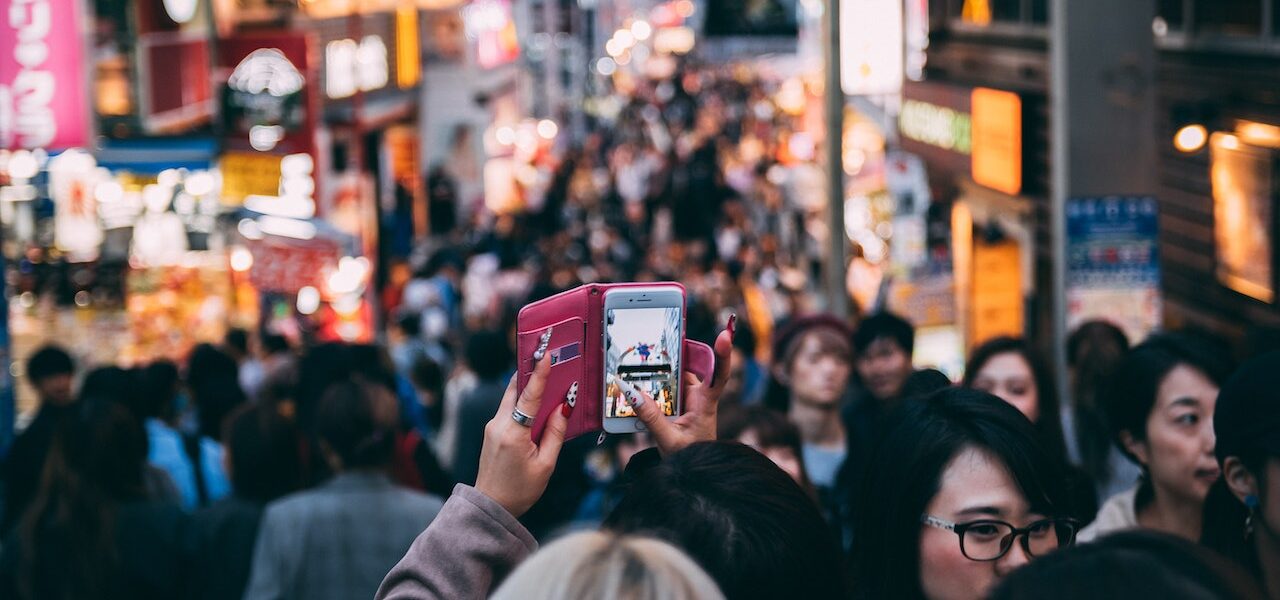Cities are the vibrant, metropolitan hubs of human civilization, often celebrated for their cultural richness, economic opportunities, and architectural marvels.
Yet, under the glimmering skyscrapers and high dreams of multiculturalism, lies a deep and twisting story.
The nature of cities are multifaceted, culturally diverse, economically disparate, and subject to change over time. And of course, the experience and interpretation of metropolitan life is deeply subjective and personal.
Cities Are Cultural Melting Pots
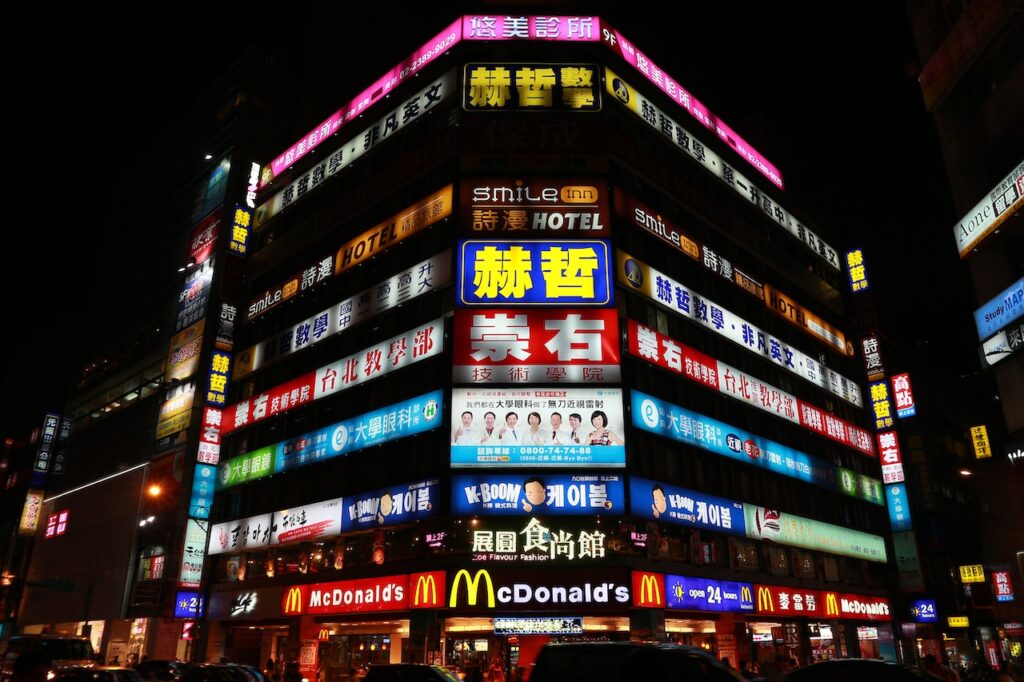
Multiculturalism is almost synonymous with big metropolitan cities. This diversity, which is celebrated as the greatest strength of bit cities, can often be a double-edged sword.
On one hand, it creates a vibrant tapestry of traditions, languages, and culinary experiences. Sometimes megacities can offer an even richer form of cultural expression then the homelands of these traditions. However, for some, this very diversity can be overwhelming, challenging to “old norms”, and depersonalizing. If you’re looking for a place to travel that isn’t as crowded as some of the metropolitan places; check out this article I wrote here.
With so many ways of life, belief systems, and languages all coming together in one city; it can be a sensory and emotional overload for individuals unaccustomed to such diversity. While some thrive in this multicultural environment, others may find it disorienting or even unsettling.
Ultimately, the multifaceted nature of cities, born from their cultural diversity, invites both fascination and hesitation, making them complex and dynamic places to explore.
Economic Disparities
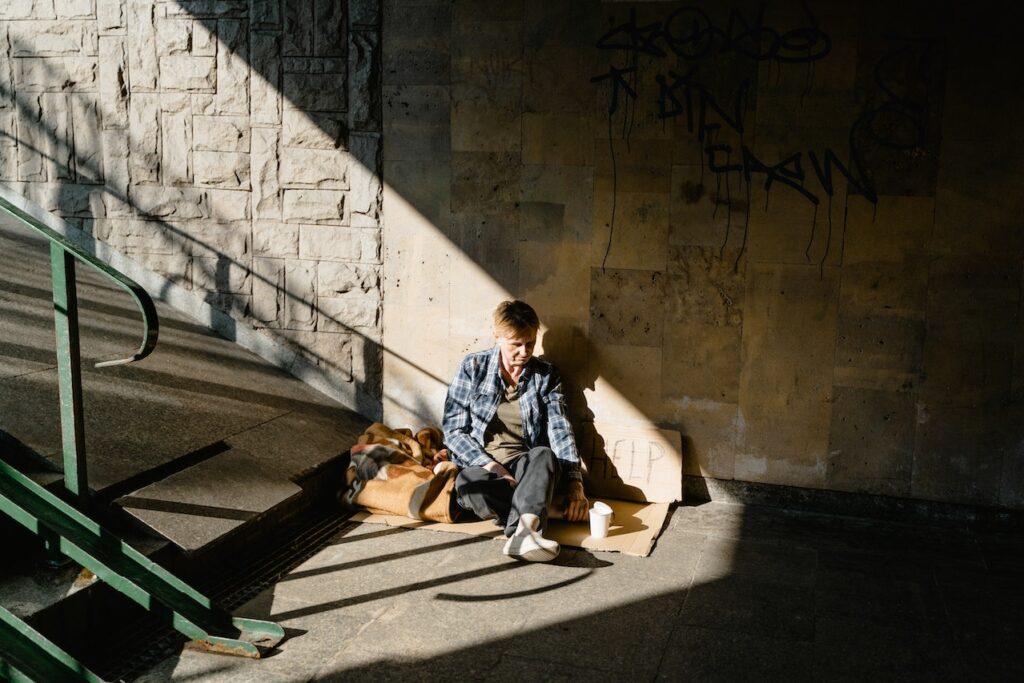
It’s unfortunate, but economic disparity is almost a prevalent as multiculturalism in big, metropolitan cities.
People move to “the big city” to experience the prestige, the advanced technology, and the convenience of living of modern, urban living. But just under the surface of this narrative, are many other stories. Stories that are not sometimes easier to ignore than to address.
Whether it be the outskirts of town, or a particular train station or shopping mall, economic disparity can be quite obvious in big cities. These stark contrasts can be jarring for visitors and residents alike, reminding us of the inequalities that persist within urban centers.
Sometimes you don’t even need to look that far! The presence of beggars and homeless individuals near celebrated landmarks serves as reminder that beyond any city’s pristine veneer, there are often deep social and economic divides.
This remains a complex issue, as the causes for such inequality is never just one source. And just how much the city you are in wants to deal with this issue can vary wildly.
Environmental Strain Of Big Cities

Cities, as they grow larger and more populated, often grapple with environmental challenges such as pollution, overcrowding, and transportation woes.
The allure of urban centers attracts millions, but it also contributes to congestion and pollution. The quality of air and water can sometimes deteriorate, impacting the well-being of residents and visitors. Overcrowded streets and public transportation systems can lead to frustration and decreased livability.
Additionally, cities that host a significant number of tourists annually often face littering issues, as the influx of visitors can strain waste management systems.
These environmental factors highlight the complex relationship between progress, preservation, over-tourism, and quality of life in metropolitan regions.
Cities Are Old, How Do They Change Over Time?
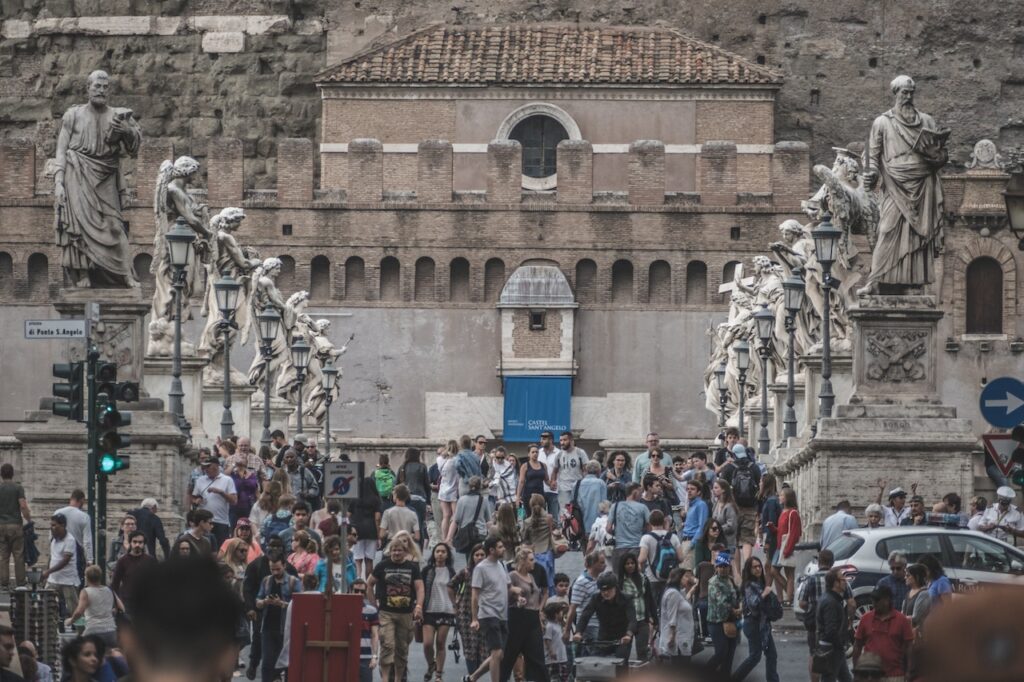
Many great cities of old seem to struggle with modernization.
The previous issue of overcrowding and environmental strain is further complicated by infrastructure that has existed for centuries. Heritage buildings make it difficult for more modern, efficient systems to be put in place.
This is a realm where we often see a clash between the classical and the contemporary in large cities.
Navigating this delicate balance between preserving the past and embracing the future can result in slow urban development and infrastructure challenges.
This difficulty, oddly enough, can be a source of intrigue for tourists themselves. We are in a unique time where we travel to different cities and see just how they are trying to address their own issues with the multifaceted nature of cities.
Personal Preference and Experience
Perhaps the most subjective aspect of perceiving a city’s multifaceted nature is the personal lens through which each individual interprets and enjoys metropolitan life.
What one person finds chaotic and overwhelming, another may find exhilarating and invigorating.
Personal preferences play a significant role in shaping one’s opinion of a city, and these preferences can vary widely. Whether it’s the bustling streets, the tranquility of a park, the vibrancy of cultural neighborhoods, or the quietude of historic sites, cities offer a diverse range of experiences, catering to the multitude of tastes and inclinations that make up our urban landscapes.
Subculture And Trends, A Positive?
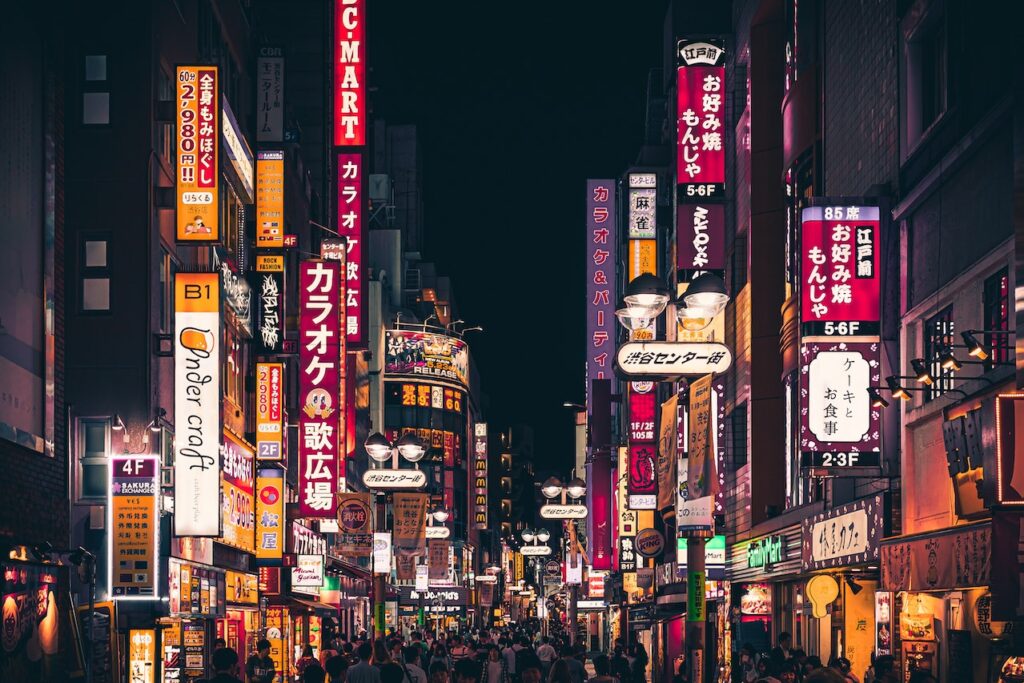
From the depths of the urban sprawl and metropolitan chaos, we often see the birth of unique subcultures.
These new ways of life can manifest themselves as;
- Vibrant café cultures. Where people gather for conversation and coffee,
- Indoor gyms and fitness programs, that promote health and well-being amidst the hustle and bustle,
- gaming communities that connect individuals in virtual worlds,
- and thriving music and fashion scenes that constantly evolve and redefine urban trends.
These subcultures are emblematic of what happens when you cram humans into confined places. Big cities can offering individuals new avenues for expression and connection amidst all the noise.
Cities are living entities, dynamic and ever-evolving. Just like the people who live there. They challenge us, inspire us, and invite us to explore their complexities. They can truly make us question our identities; and for people who have grown up exposed to multiple cultures, this can be quite a challenge already.
In acknowledging the beauty and challenges that cities offer, we gain a deeper understanding of these urban landscapes and the diverse tapestry of humanity they encompass. While cities may be multifaceted and, at times, contradictory, it is this very nature that makes them endlessly fascinating and integral to the human experience.
